One feline health issue that many, if not all, cat guardians have had to deal with at one time or another is the issue of feline lower urinary tract disease (FLUTD). Infection, crystals, and cystitis have a particularly high prevalence in the indoor cat population due to many factors, like stress, diet, and litter box hygiene. For male, neutered cats, there is the additional risk of developing a more serious, potentially life-changing or even fatal condition called urethral obstruction, where a collection of urine crystals, cells, and mucus can create a blockage within the curving urethra, leading to pain, bladder distension, and the accumulation of toxins in the bloodstream. One thing we know for sure is that overweight and obese male cats show a significantly higher incidence of urethral obstruction, but what hasn’t been clear is the exact reason why. That is, perhaps, until now.
Statistically, it has been well established that neutered male cats with higher body condition scores (BCS) have a significantly higher risk of developing urethral obstruction than their leaner counterparts. Additional research has shown that this trend is not linked to body weight, but body fat. Several possible explanations for this relationship have been proposed, including increased pressure on the urethra from abdominal fat, a more sedentary lifestyle that both contributes to and results from being overweight, and diets containing a high percentage of dry food. However, to date, none of these hypotheses have provided a clear connection.
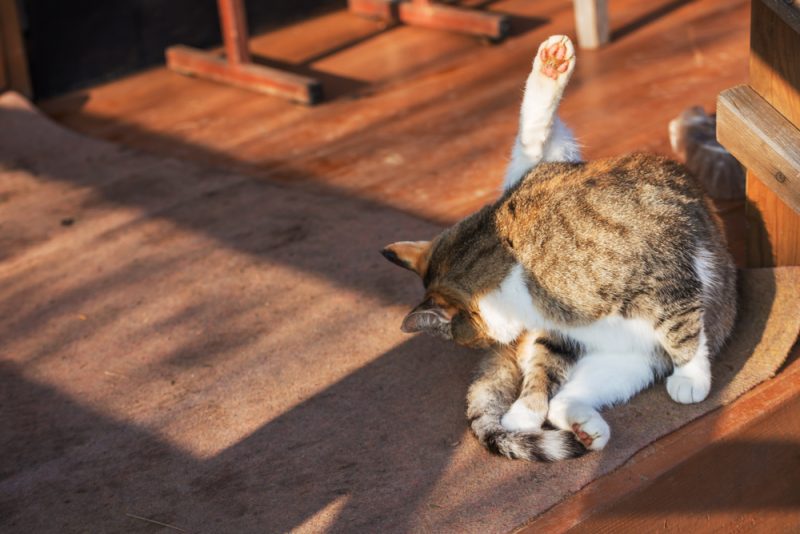
Finding Answers at Home
Following an observation of her own rather rotund feline, Dr Karyn Kanowski thinks she may have discovered the missing link.
“We’ve known for a long time that overweight males have a higher incidence of urethral obstruction, but there’s never been a really clear explanation as to why,” she says. “What I also found interesting in clinical practice is that many of the cats we were seeing for obstruction had no previous history of urinary issues. We would see cats with cystitis or crystalluria, but these didn’t seem to be the cats that were becoming blocked. It didn’t make sense. As I watched my embarrassingly overweight tabby conduct his morning ablutions, I spotted a big, obvious problem: his big, obvious tummy. Try as he might, he simply could not reach his genitals to give them a proper cleaning.”
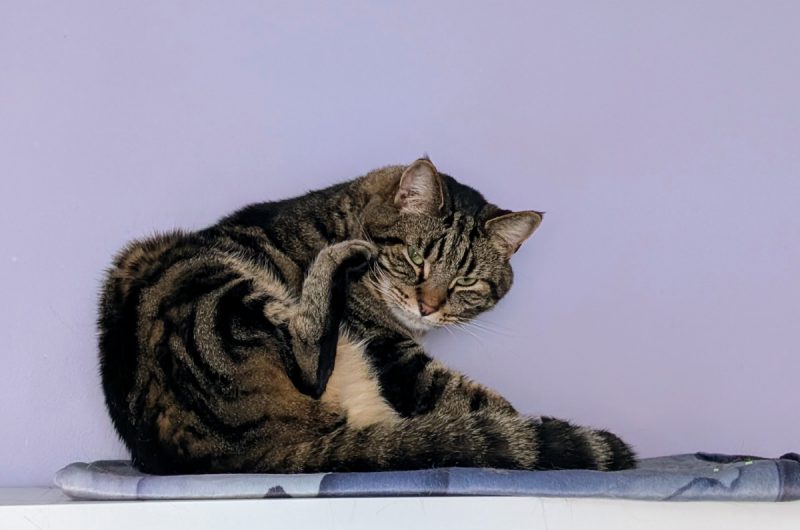
We’ve all seen our cats strike that graceful pose; one leg pointed to the heavens during a lengthy session of ‘self care’, one of the rare occasions when you might catch a glimpse of the elusive feline penis, normally kept well hidden behind a screen of skin and fluff.
“Cats do seem to spend an inordinate amount of time cleaning their nether regions, male cats in particular, but there is a good reason for this. Urine is quite acidic, so keeping the area clean helps to avoid scalding of the surrounding skin,” explains Dr Kanowski. “But I believe there’s an even more important reason for such fastidious hygiene practices in this region, and it’s to do with urine crystals.”
Urine crystals, most commonly of the struvite variety, are a common problem for cats, particularly those fed predominantly dry foods that contain high levels of carbohydrates or plant material. Being obligate carnivores, cats rely on a diet that is high in animal protein to maintain a low urine pH. With the wrong balance of nutrients, the pH can increase, and crystals will start to form as the urine becomes more alkaline.
“When normal feline urine is exposed to the air and lower temperatures outside the body, you will find that crystals will eventually form as the chemical composition changes. So if there is urine sitting within the superficial urethra or around the urethral opening, there is a good chance that this could also start to crystallize, which could make urination difficult, if not impossible.”
It’s All About Anatomy
We know that males and females have some pretty obvious anatomical differences, but for cats, those differences are quite significant when it comes to the urinary tract.
“The male urethra is around 8-10 cm long, 1-1.5 mm in diameter, with an almost 90o bend around half to two-thirds along. For cats with urolithiasis (bladder stones), this is the area where most blockages occur. What I started to notice in practice was that, in many of these cats, the obstruction tended to be lower down in the urethra rather than closer to the bladder. Additionally, these cats didn’t show signs of previous – or subsequent – crystalluria, which raised the question of where is the blockage coming from?” says Dr Kanowski. “Which is when I started wondering if it was an ascending issue, rather than a descending one.”
In other words, the blockages were heading into the urethra, rather than out of it. So why aren’t obese female cats equally at risk? Well, that’s all to do with their anatomy.
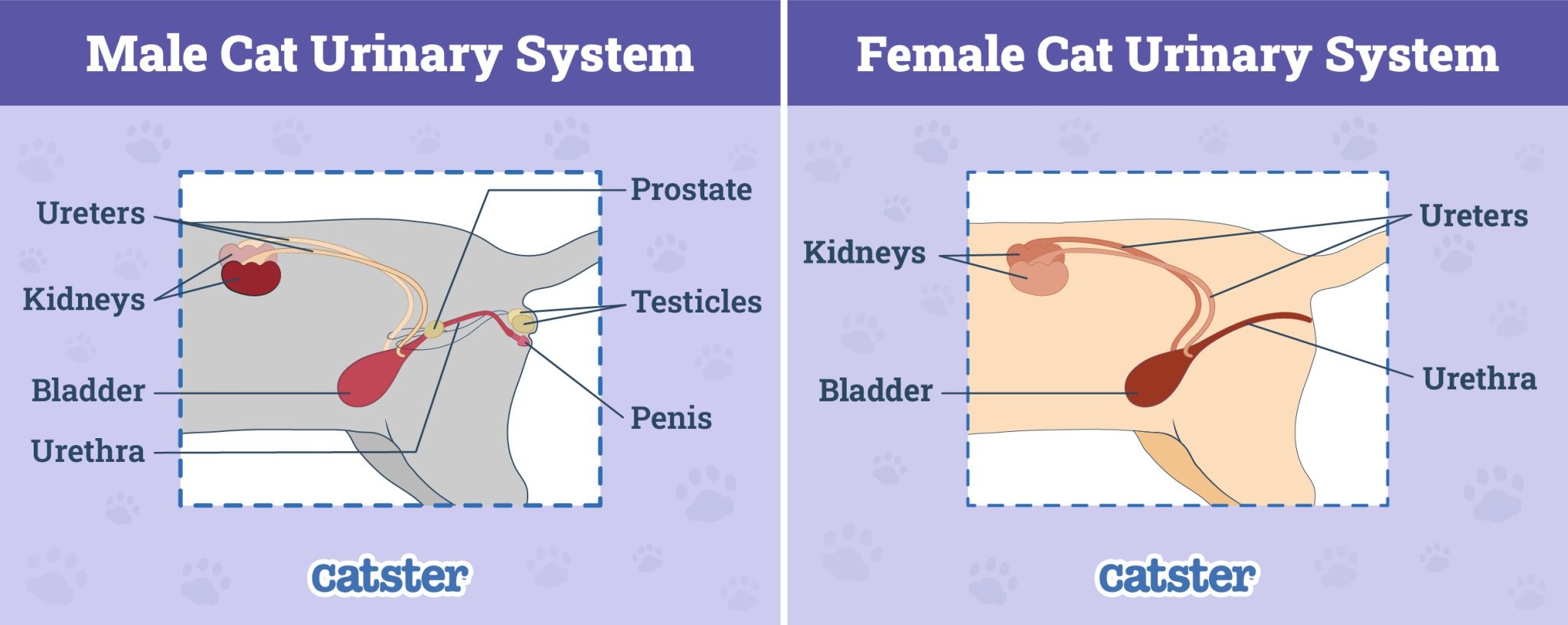
“Compared with male cats, the female urethra is quite straight, and just over half the length of the male’s, with a diameter of 2-3 mm, so we very rarely encounter urethral obstruction in females,” says Dr Kanowski. “Male cats, particularly neutered males, have rather tiny penises that retract inside the prepuce, which is surrounded by furry skin. They therefore have a longer section of very narrow urethra that may retain non-voided urine, in an enclosed area, which may be an ideal place for urine crystals to form. Normal grooming would eliminate this risk, but when a cat physically cannot reach the area to clean it properly, I think we’ve got a problem.”
Where to Now?
“At this stage, this is simply a hypothesis,” concedes Dr Kanowski. “And urethral obstruction is not a ‘single answer problem.’ But I think this could be one of those answers.”
“The next step would be to perform some retrospective studies on cats previously treated for urethral obstruction, focussing on body condition score, whether or not the patient had a previous history of lower urinary tract disease, and the location of the obstruction. Going forward, case studies would ideally include samples taken from the prepucial area to look for crystals, and observations of the cat’s ability to groom their genital region; something that may not have been recorded in previous patient histories.”
If we already know that obesity is a risk factor for urethral obstruction, what difference will this information make?
“Obviously, weight loss is the primary goal here,” says Dr Kanowski, “but we also know that it doesn’t happen overnight. In addition to the dietary and lifestyle changes put in place for cats following an episode of obstruction, it would be good to know if a daily genital clean is something cat owners should also be doing.”
With each episode of urethral obstruction, cats have a greater risk of needing a perineal urethostomy, a complex surgery where the penis is amputated and the urethra shortened into a straight tube exiting under the anus, a procedure that some pet owners cannot afford. Unfortunately, euthanasia is not an uncommon outcome for cats suffering repeated blockages, so any steps we can take to reduce those risks could be life-saving.
So is this research next on Dr Kanowski’s agenda?
“Unfortunately, I don’t have the time – or the discipline – to embark on an academic journey like this,” she admits, “but I would be delighted to speak to someone who might be interested in pursuing it.”
In the meantime, make sure your cats stay lean, so they can keep those genitals clean!
Did You Know?
- Our breaking news articles are featured in our weekly emails. Don’t miss out on the latest and sign up for our newsletter below!
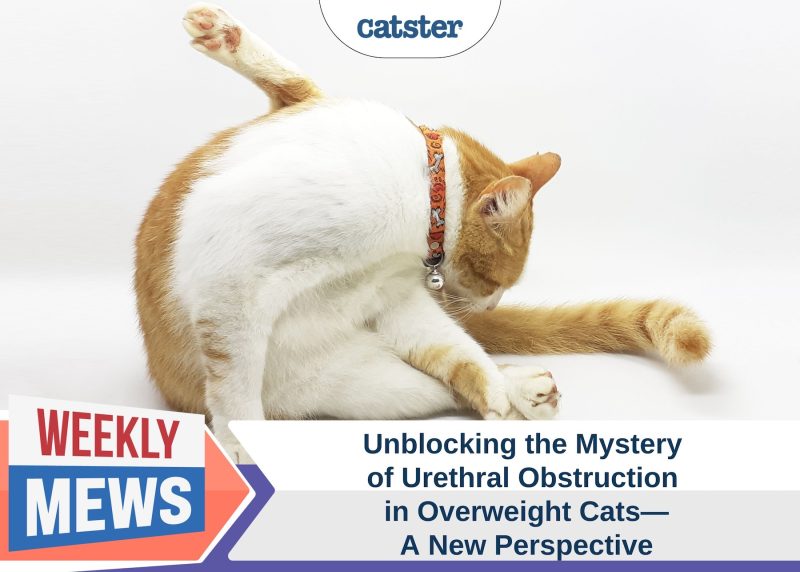

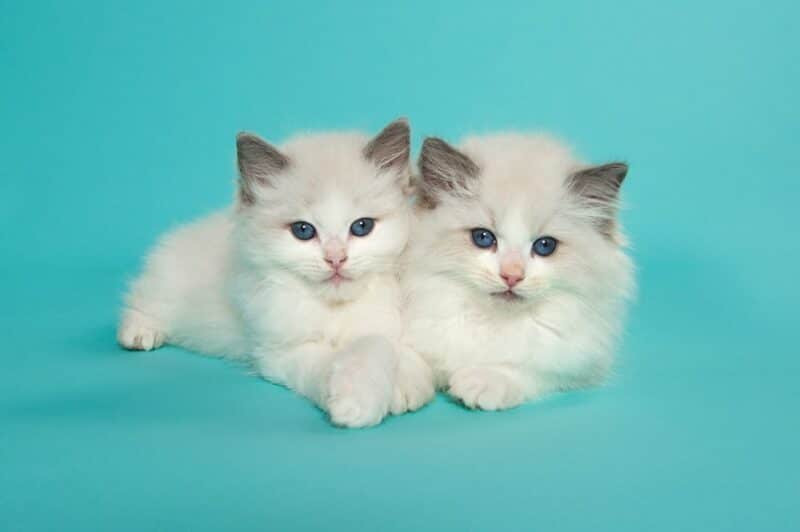
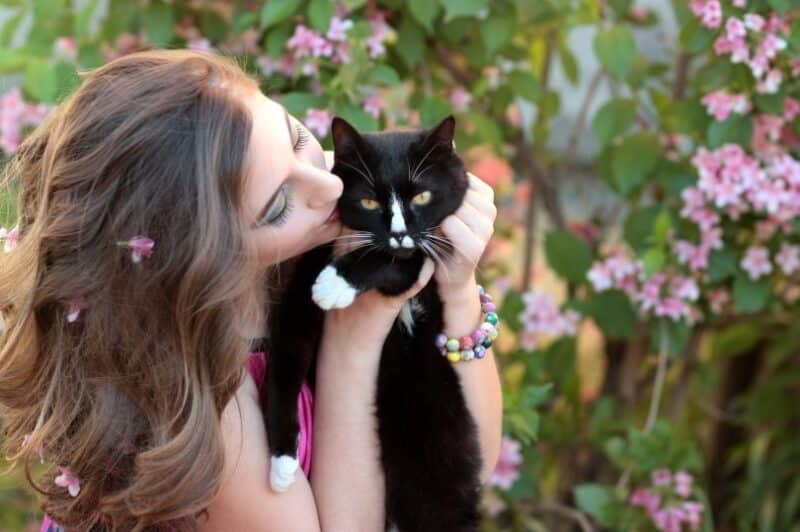
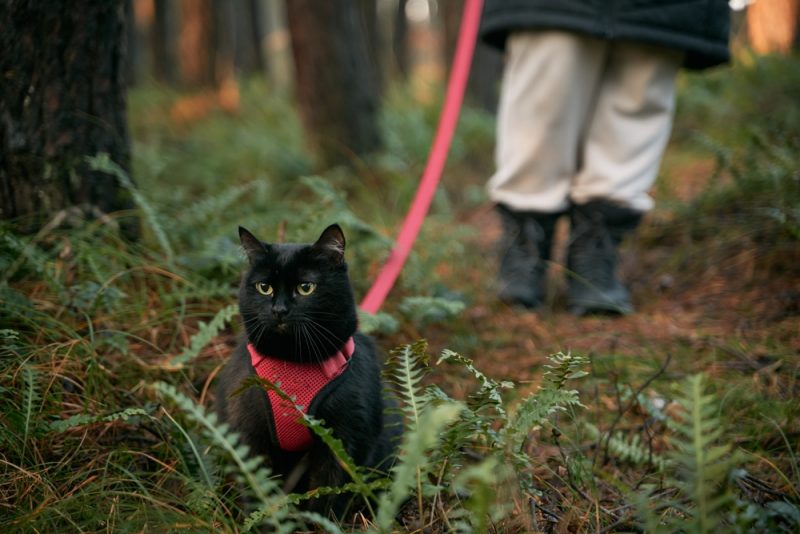
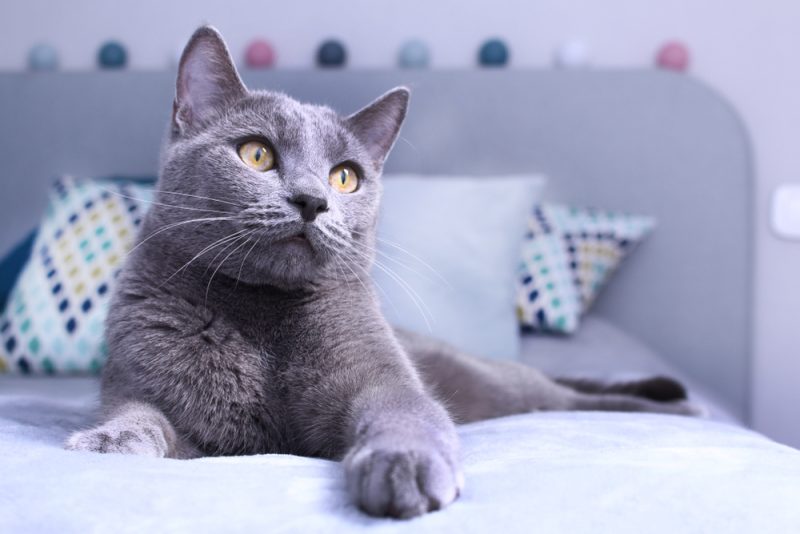

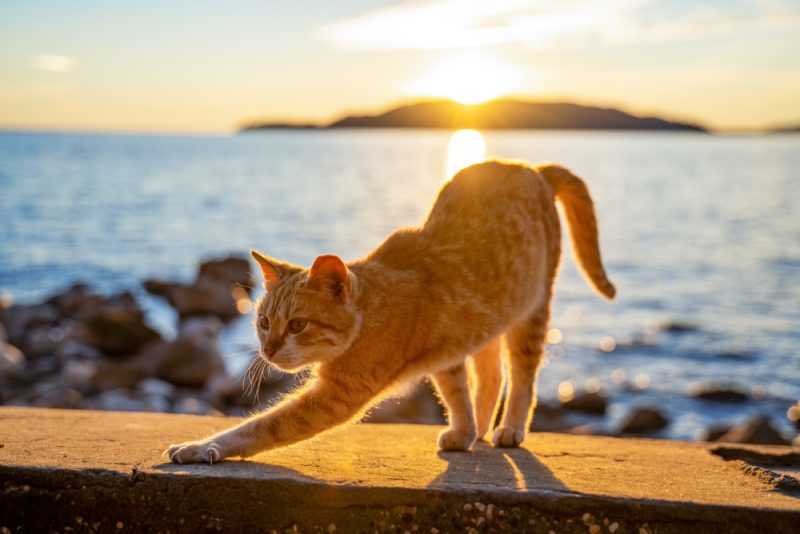
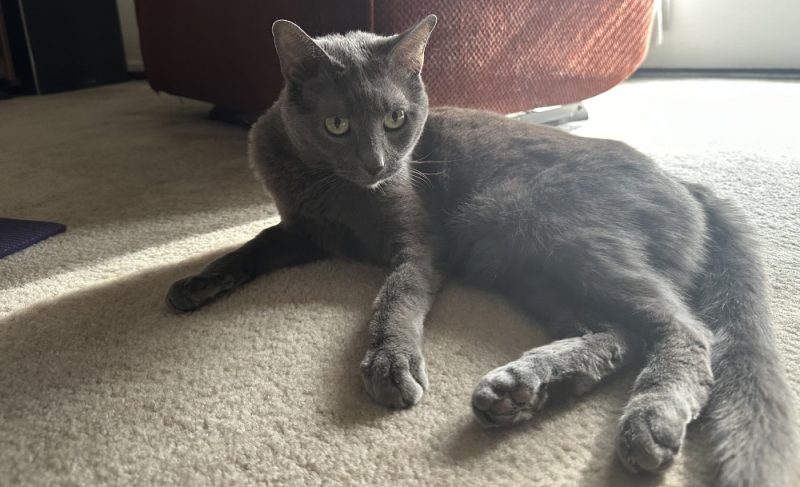
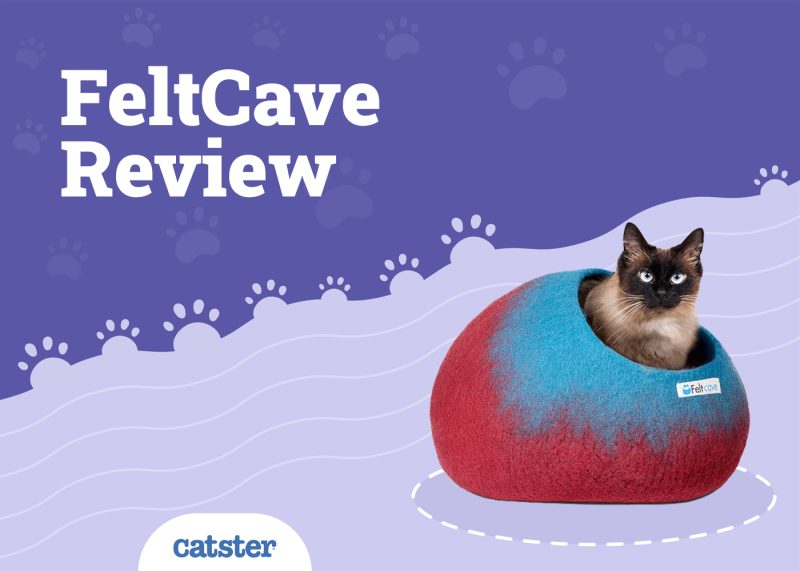
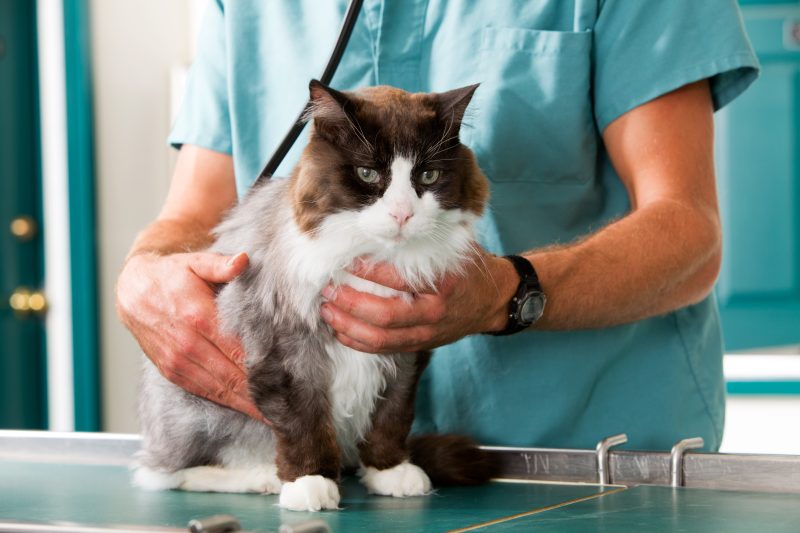
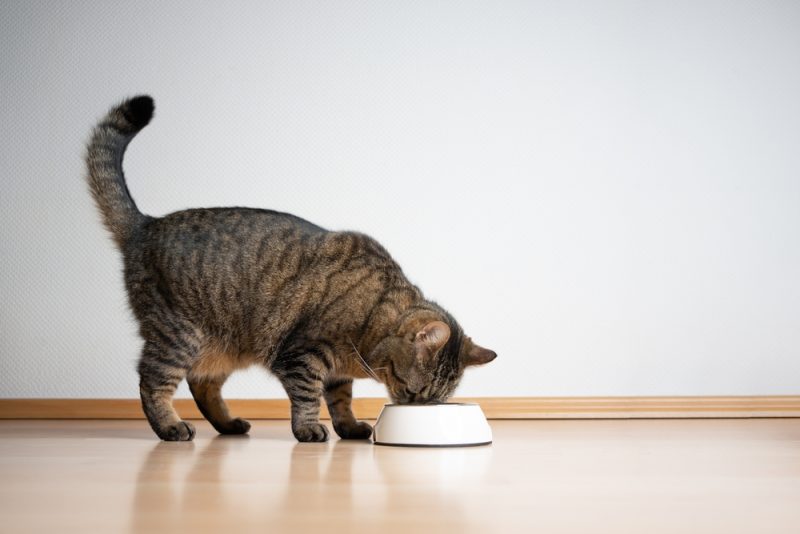
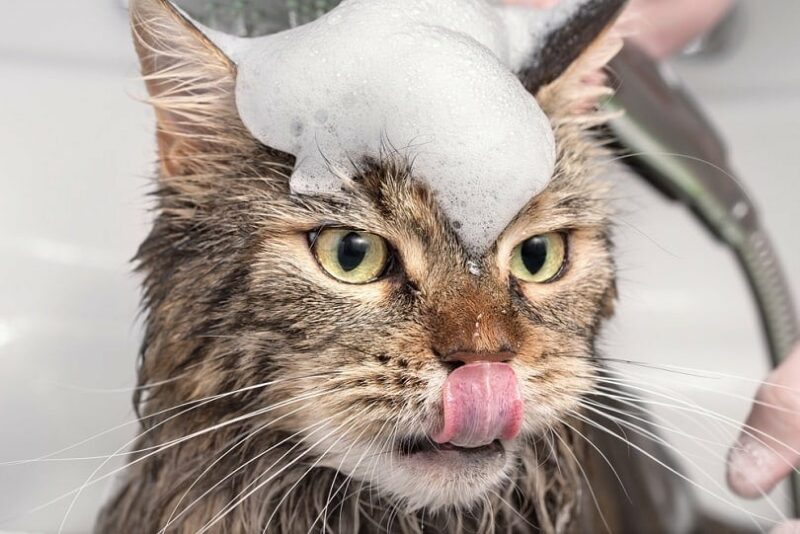

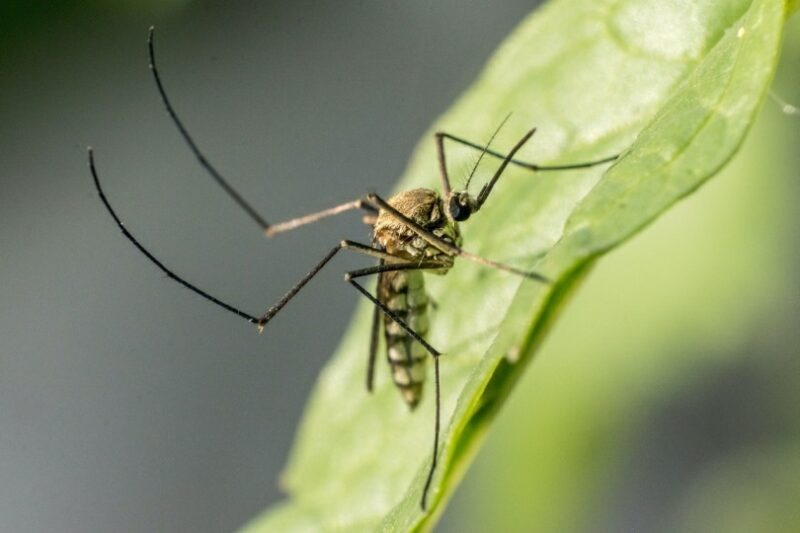

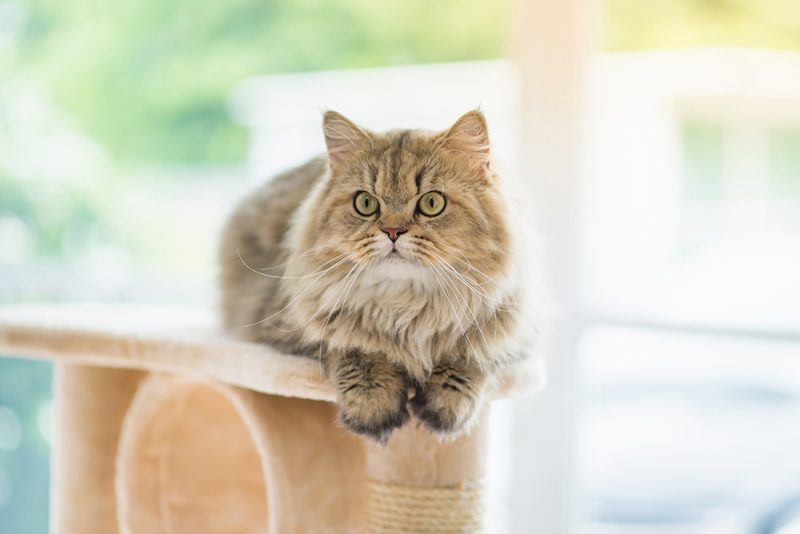
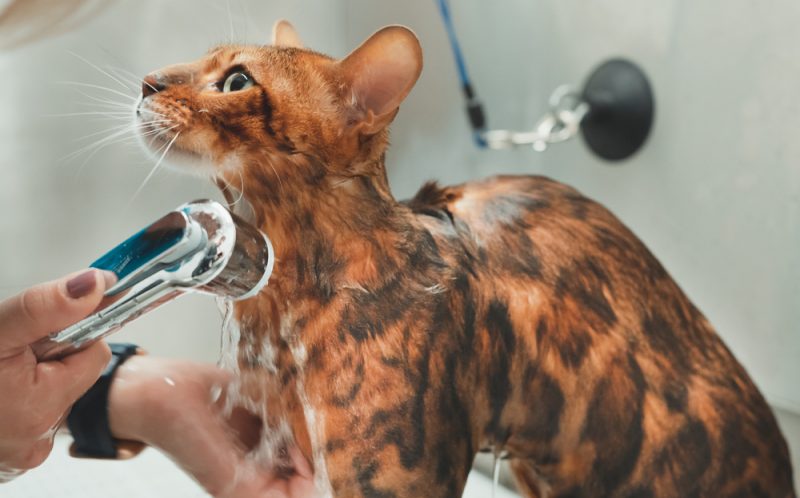

2 Responses
Our five-year-old cat was admitted on Wednesday evening for his first urethral obstruction. This article was incredibly timely and helpful in reiterating what we had heard from the veterinary hospital. Sometimes, in the heat of the moment and during emotional decision-making, you overlook details and specifics. I was super grateful to come across this enlightening article as we continue forward with a care plan for our best boy.
Hey Hannah, We are so sorry to hear your cat experienced a urethral obstruction, but we are truly glad that our article provided timely and clear information during such a stressful and emotional situation. It's completely understandable to overlook details when your focus is on your beloved cat's well-being.
It sounds like you're moving forward with a dedicated care plan, which is the most important step for his long-term health. We are sending all our best wishes for a smooth recovery for your best boy!